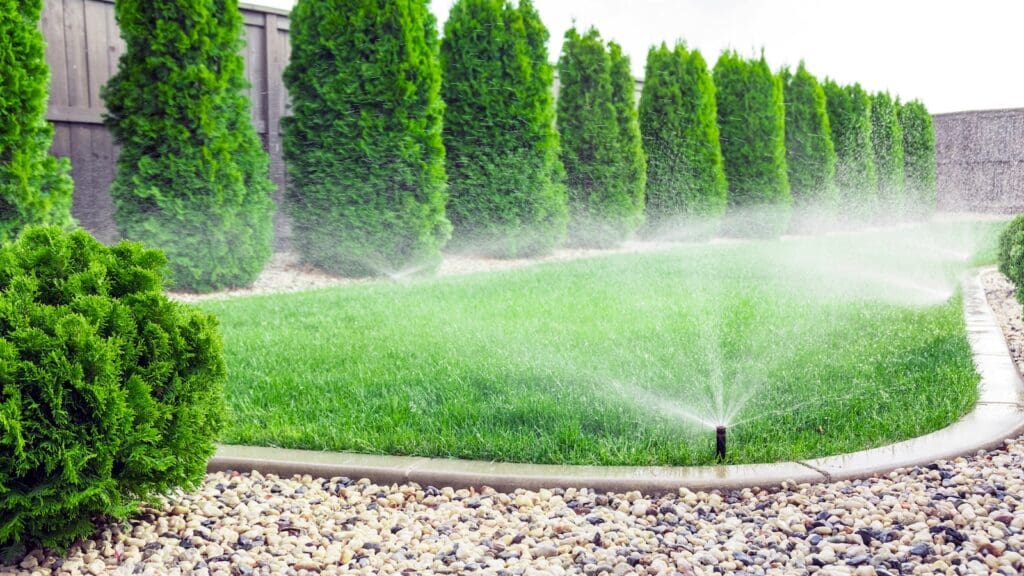Sprinkler Turn On in Westminster, Lafayette, Erie, CO, Thornton, CO and Nearby Cities
Troubleshooting Sprinkler Turn-On Issues

If your sprinkler system won’t turn on, several factors could be at play:
Water Supply Issues – Ensure the main water valve to the irrigation system is fully open. A partially closed valve can prevent water flow.
Controller Problems – Check if the irrigation controller is powered on and programmed correctly. If the display is blank, replace the batteries or check the power source.
Blown Fuse or Tripped Breaker – Inspect the fuse or circuit breaker connected to the sprinkler system. Reset any tripped breakers or replace blown fuses.
Faulty Solenoid – The solenoid on a valve may be defective, preventing water from flowing. Test the solenoid by turning it manually. If it doesn’t activate the system, consider replacing it.
Broken or Clogged Pipes – Underground leaks or debris in pipes may restrict water flow. Look for soggy areas or dry spots that indicate a break.
Colorado Sprinkler Repair provides sprinkler turn on services in Westminster, CO, Lafayette, CO, Erie, CO, Thornton, CO, Broomfield, CO and surrounding areas.
How to Fix a Sprinkler System That Won’t Shut Off
Check the Controller – A malfunctioning controller may continuously send signals to keep the system running. Reset or reprogram it.
Inspect the Solenoid – A stuck or damaged solenoid can prevent the valve from closing. Turn the solenoid manually to see if the water shuts off.
Manually Close the Valve – If a valve is stuck open, try shutting it off manually by turning the bleed screw or solenoid.
Debris in the Valve – Dirt or debris inside the valve may keep it open. Disassemble and clean the valve if needed.
Checking for Electrical Issues in a Sprinkler System
Test the Power Source – Use a voltage tester to ensure the controller receives power.
Inspect Wiring – Look for damaged or disconnected wires leading from the controller to the valves.
Check Solenoid Voltage – Use a multimeter to verify the solenoid is receiving the correct voltage (typically 24V AC).
Replace Faulty Components – If the transformer, solenoid, or controller is malfunctioning, replace the defective part.
Please reach out with any questions you might have, and we will be happy to help.